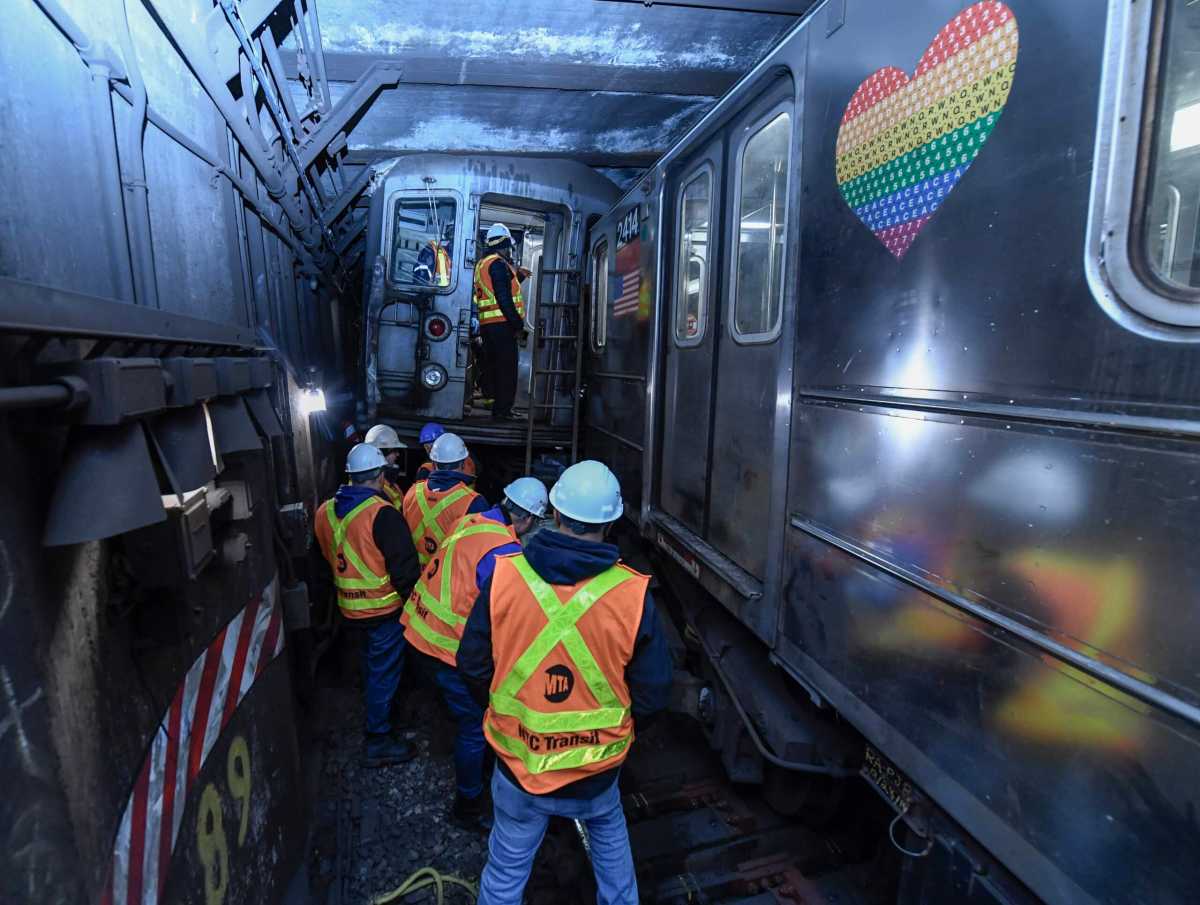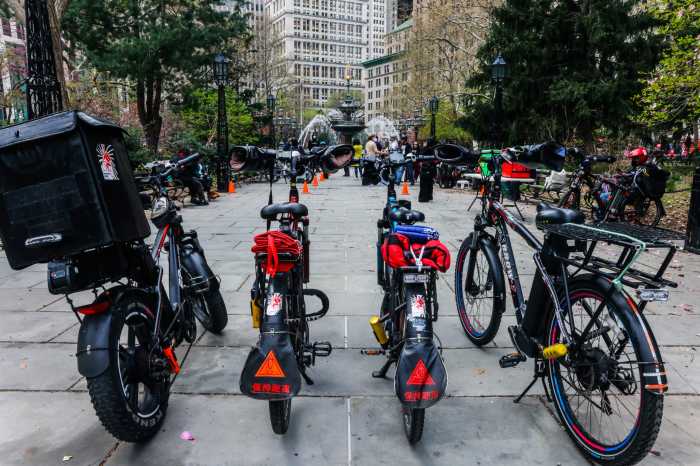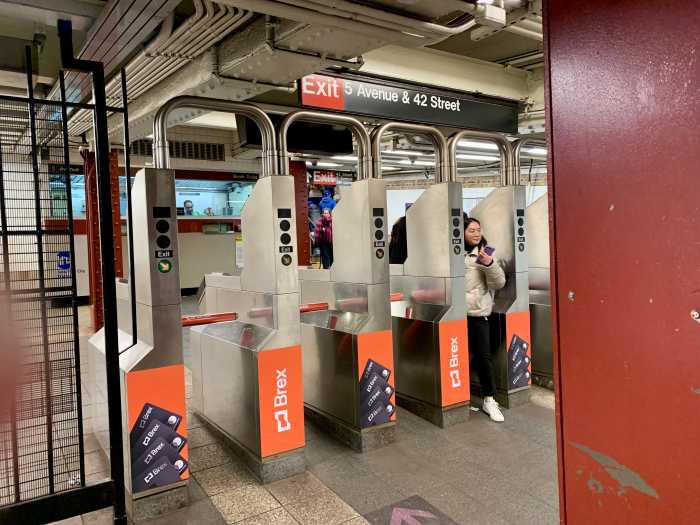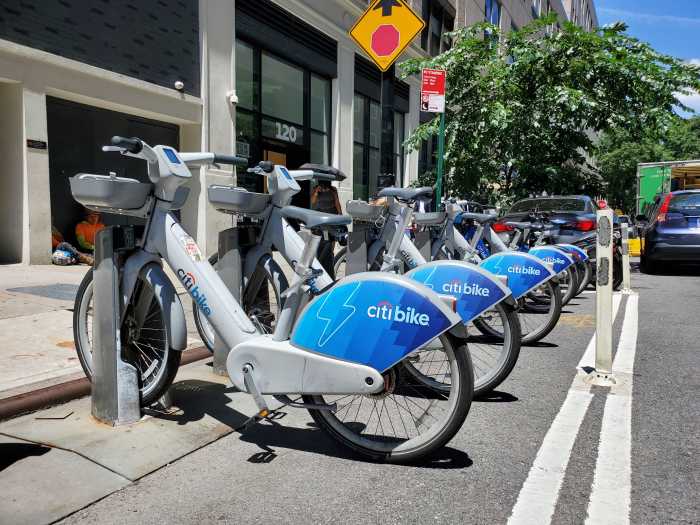The collision and derailment of two No. 1 trains on Manhattan’s Upper West Side earlier this month were caused by vandalism coupled with a breakdown in radio communication, according to a report released Thursday by the National Transportation Safety Board.
The incident was the first subway derailment in more than three years, injuring 22 straphangers and three crew members near the 96th Street station, and snagging service on the 1, 2, and 3 lines for days. Within a week, another train had derailed in Coney Island, Brooklyn.
The Jan. 4 incident started when a vandal pulled the emergency brake cord on the first five cars of a Bronx-bound No. 1 train near 79th Street. Most emergency brake pulls are indeed the work of scofflaws, MTA officials say, but whenever activated a train cannot move again until it is inspected and the brakes fixed.
At a press conference Thursday, MTA subway and bus chief Rich Davey said the agency is looking to communicate more clearly to riders the consequences of pulling the emergency brake without cause, though the agency is not considering restricting access altogether.
“To me, it’s a tradeoff for these instances where folks are pulling it for whatever reason, their kicks,” said Davey. “But there have been instances where customers have pulled that emergency cord in a true emergency, and we want to give them that opportunity still.”
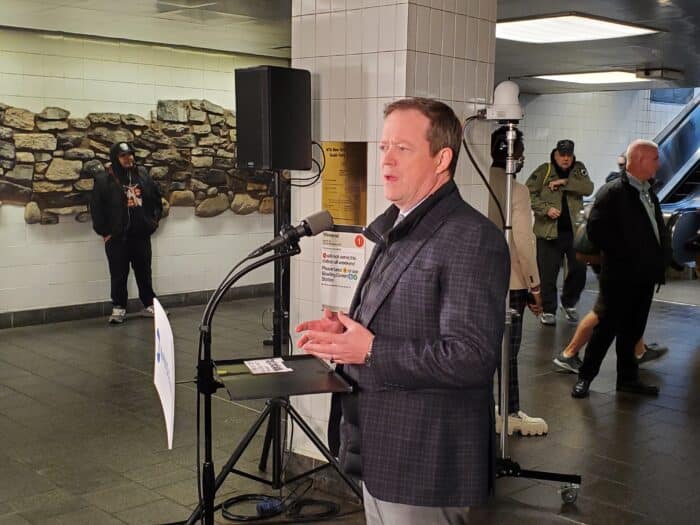
Crews were unable to reset the brakes after the cord was pulled, and so the train had to be taken out of service, with a supervisor operating the train from the sixth railcar and a flagger relaying instructions. No. 1 trains were rerouted to the express tracks.
Davey said such a scenario is “not uncommon,” typically occurring about 10 to 12 times per week “without any fanfare.”
But this time, the flagger told NTSB investigators that he lost radio contact with the supervisor operating the train near 96th Street. At that point, he was urgently instructing the operator to stop, but to no avail. An uptown 1 train with hundreds of passengers was crossing in front of the broken train, but the operator could not hear the instructions and blew through a red signal, smashing into the passenger train, causing multiple carriages to derail.
At the press conference, Davey said the radios “seemed to be working,” but conceded there wasn’t a way to conclude if the radio was on or off at the time of the collision. Another possibility is that the radios were both working, but were operating on different frequency channels.
“We need to continue to look at those as possibilities,” said Davey. “We’re gonna look at not only the conduct of the individuals to see if there are improvements, but also are there processes, procedures, better radio procedures for example, that we could employ in the future.”
Subway tracks are equipped with “trip stops” that automatically apply emergency brakes when a train goes through a red signal, but because emergency brakes had been activated on the first five cars of the out-of-service train, the trip stops did not work, according to the NTSB.
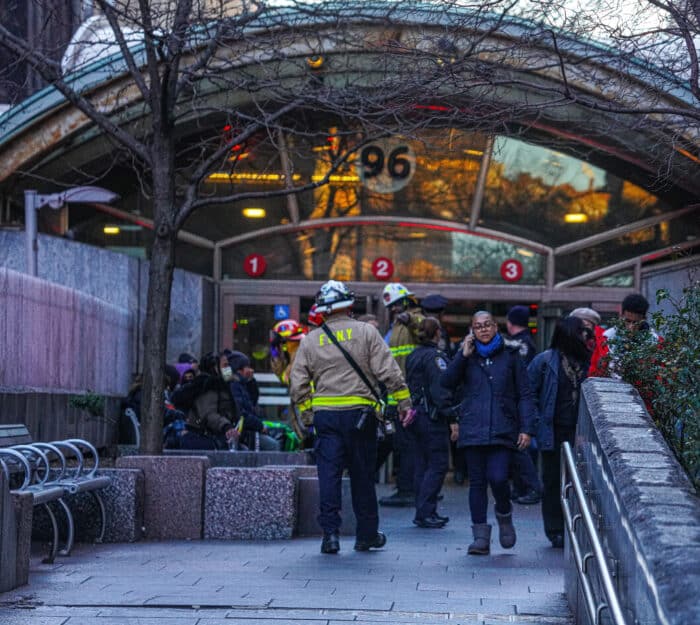
In a rare coincidence, just a week later a Manhattan-bound F train derailed on elevated tracks near the Neptune Avenue stop in Coney Island. Before the twin incidents, the last subway derailment had taken place in September 2020.
The F train derailment, which saw no injuries, was not under investigation by the NTSB. Davey said that derailment was caused by two separate issues that collapsed into one: a slightly misaligned bit of track, which the agency had known about for 18 months, and four missing bolts on the truck (similar to the chassis of an automobile) of the F train’s fourth car. The MTA has not located the missing bolts and hasn’t figured out how they came to be missing from the train.
“Independent of one another [they] would not have caused a derailment,” said Davey. “But together, that is what we believe caused the derailment.”
Following the derailment, which took the F out of service overnight in southern Brooklyn, the MTA inspected 59,968 bolts on 1,800 cars, finding only three that were loose. Davey deemed loose bolts “not a systemic issue in the fleet.”
As for slightly misaligned rails (about 1/8 of an inch on the F tracks), those are a bit more common but typically nothing to worry about, Davey said. Before the derailment, there were 103 instances of those across the system. Since then, 82 have been fixed, with the remaining 21 on deck for repair by the end of February.



